Home>Ideas and Tips>Upgrading Your Home’s Attic with a DIY Phase-Change Thermal Management System
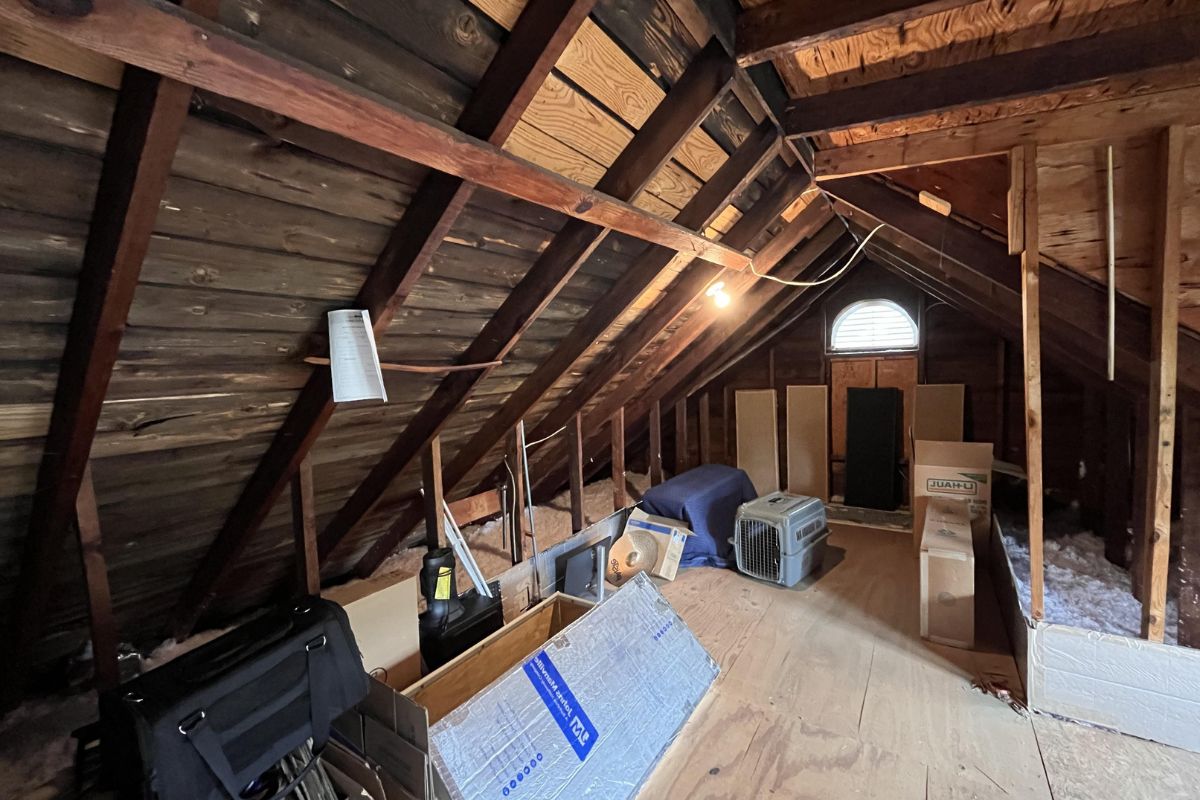

Ideas and Tips
Upgrading Your Home’s Attic with a DIY Phase-Change Thermal Management System
Published: September 22, 2024
Upgrade your home's attic with a DIY phase-change thermal management system to boost energy efficiency, reduce HVAC costs, and enhance indoor comfort.
(Many of the links in this article redirect to a specific reviewed product. Your purchase of these products through affiliate links helps to generate commission for Storables.com, at no extra cost. Learn more)
Introduction
As homeowners, we are constantly looking for ways to improve the energy efficiency and comfort of our homes. One of the most effective ways to achieve this is by upgrading the insulation in our attics. Traditional insulation methods, such as fiberglass or cellulose, can only do so much to regulate temperature fluctuations. However, with the advent of phase-change materials (PCMs), we now have a more advanced solution that can significantly reduce heating and cooling costs.
In this article, we will explore the concept of phase-change insulation, its benefits, and how you can install a DIY phase-change thermal management system in your attic. We will also discuss the pros and cons of using PCMs and provide a step-by-step guide on how to implement this innovative solution.
What are Phase-Change Materials?
Phase-change materials are substances that change their state from solid to liquid or vice versa at specific temperatures. These materials absorb and release heat energy as they change phases, thereby moderating temperature fluctuations within a building. This property makes them ideal for thermal management in buildings, especially in areas like attics where temperature variations are most pronounced.
How Phase-Change Materials Work
When the temperature in your attic rises, the PCM absorbs heat energy by changing from a solid to a liquid state. As the temperature cools down, the PCM releases the stored heat energy by changing back to its solid state. This continuous cycle of absorbing and releasing heat helps maintain a more stable indoor temperature, reducing the need for HVAC systems to work as hard.
Benefits of Using Phase-Change Insulation
-
Energy Efficiency: By reducing the need for HVAC systems to run continuously, phase-change insulation can lead to significant energy savings. According to various studies, using PCMs in ceilings can reduce HVAC costs by 20-35% and cut run times for HVAC equipment by 15-20%.
-
Comfort: The consistent temperature provided by PCMs ensures a more comfortable living space. This is particularly beneficial in areas with extreme temperature fluctuations.
-
Durability: Phase-change materials have a lifespan of over 100 years, making them a long-term solution for thermal management.
-
Safety: PCMs are biodegradable and non-toxic, ensuring they are safe for use in homes with pets and children.
-
Ease of Installation: Unlike traditional insulation methods that require specialized installation techniques, phase-change insulation can often be installed simply by laying sheets of PCM material on top of existing insulation.
Choosing the Right Phase-Change Material
When selecting a phase-change material for your attic, consider the following factors:
-
Melting Point: Ensure the melting point of the PCM aligns with your local climate conditions. For example, if you live in an area with mild winters and hot summers, you might prefer a PCM with a melting point around 50°C (122°F).
-
Thickness: While PCMs are generally thin, they still provide adequate thermal mass. A typical 2×4 blanket of PCM material can store as much heat as a 24-inch block of concrete.
-
Cost: Phase-change materials can be more expensive than traditional insulation options. However, their long-term energy savings and durability make them a worthwhile investment for many homeowners.
DIY Installation Guide
Installing a phase-change thermal management system in your attic is a relatively straightforward process that can be done with minimal DIY skills. Here’s a step-by-step guide:
Materials Needed:
- Phase-Change Insulation Sheets (e.g., QE Platinum)
- Existing Insulation (e.g., fiberglass or cellulose)
- Ladder or Access Platform
- Measuring Tape
- Utility Knife or Scissors
- Rolling Tool (Optional)
Steps:
-
Assess Your Attic Space: Before starting the installation, inspect your attic space to ensure it is clear of any obstructions. Take note of any vents or ductwork that may need to be accommodated.
-
Measure Your Attic Area: Measure the length and width of your attic space to determine how many sheets of PCM material you will need.
-
Prepare the Area: Clear any debris from the area where you will be installing the PCM sheets. If necessary, use a utility knife or scissors to trim any existing insulation to fit around vents or ductwork.
-
Install Existing Insulation: Ensure that your attic has adequate existing insulation. If necessary, add more insulation before proceeding with the PCM installation.
-
Lay Down PCM Sheets: Roll out the PCM sheets across the attic floor, ensuring they cover the entire area evenly. You can use a rolling tool if necessary to smooth out wrinkles in the material.
-
Secure Sheets (Optional): While QE Platinum does not require stapling or taping, you may want to secure the sheets with tape or clips if they are prone to shifting during installation.
-
Check for Air Leaks: Inspect the attic space for any air leaks around vents or gaps in the insulation. Seal these gaps using caulk or spray foam to ensure maximum efficiency.
-
Final Check: Once all PCM sheets are in place, inspect the attic space to ensure everything is properly installed and there are no gaps or obstructions.
Case Studies and Real-World Applications
Several case studies have demonstrated the effectiveness of phase-change materials in reducing energy consumption and improving indoor comfort:
-
QE Platinum Test Bed: A homeowner conducted a test comparing traditional insulation with QE Platinum phase-change insulation. The results showed significant reductions in HVAC costs and improved temperature stability.
-
Phase Change Solutions Case Studies: The company has posted numerous case studies detailing energy savings achieved through the use of its PCM products. These studies indicate an average reduction of 20-30% in kilowatt hours used per year.
Challenges and Limitations
While phase-change materials offer numerous benefits, there are some challenges and limitations to consider:
-
Cost: As mentioned earlier, PCMs can be more expensive than traditional insulation options. However, their long-term energy savings make them a worthwhile investment for many homeowners.
-
Installation Complexity: While the DIY installation guide provided above makes it relatively straightforward, more complex installations may require professional assistance.
-
Temperature Sensitivity: PCMs work best within specific temperature ranges. If your attic experiences extreme temperature fluctuations, you may need to choose a PCM with a wider operating range.
-
Maintenance: Unlike traditional insulation which can settle over time, PCMs do not require maintenance but may need occasional inspection to ensure they remain effective.
Conclusion
Upgrading your home's attic with a DIY phase-change thermal management system is an innovative way to improve energy efficiency and indoor comfort. By understanding how phase-change materials work and choosing the right type for your climate conditions, you can significantly reduce your heating and cooling costs while enjoying a more stable indoor temperature. While there are some challenges associated with PCMs, their long-term benefits make them an attractive option for homeowners looking to enhance their home's thermal performance.
Final Thoughts
As we continue to seek ways to reduce our environmental footprint and lower utility bills, innovative solutions like phase-change insulation will play an increasingly important role in home improvement projects. By embracing these advanced technologies and taking the necessary steps to implement them effectively, we can create more sustainable living spaces that are both comfortable and energy-efficient.
References: Two Bit Da Vinci – The Genius of Phase Change Building Insulation Green Building Advisor – Phase Change Materials: A Promising Building Technology Green Building Advisor – Phase Change Materials: What Am I Missing? Reddit – Phase Change Materials for Solar Thermal Storage
Was this page helpful?
At Storables.com, we guarantee accurate and reliable information. Our content, validated by Expert Board Contributors, is crafted following stringent Editorial Policies. We're committed to providing you with well-researched, expert-backed insights for all your informational needs.
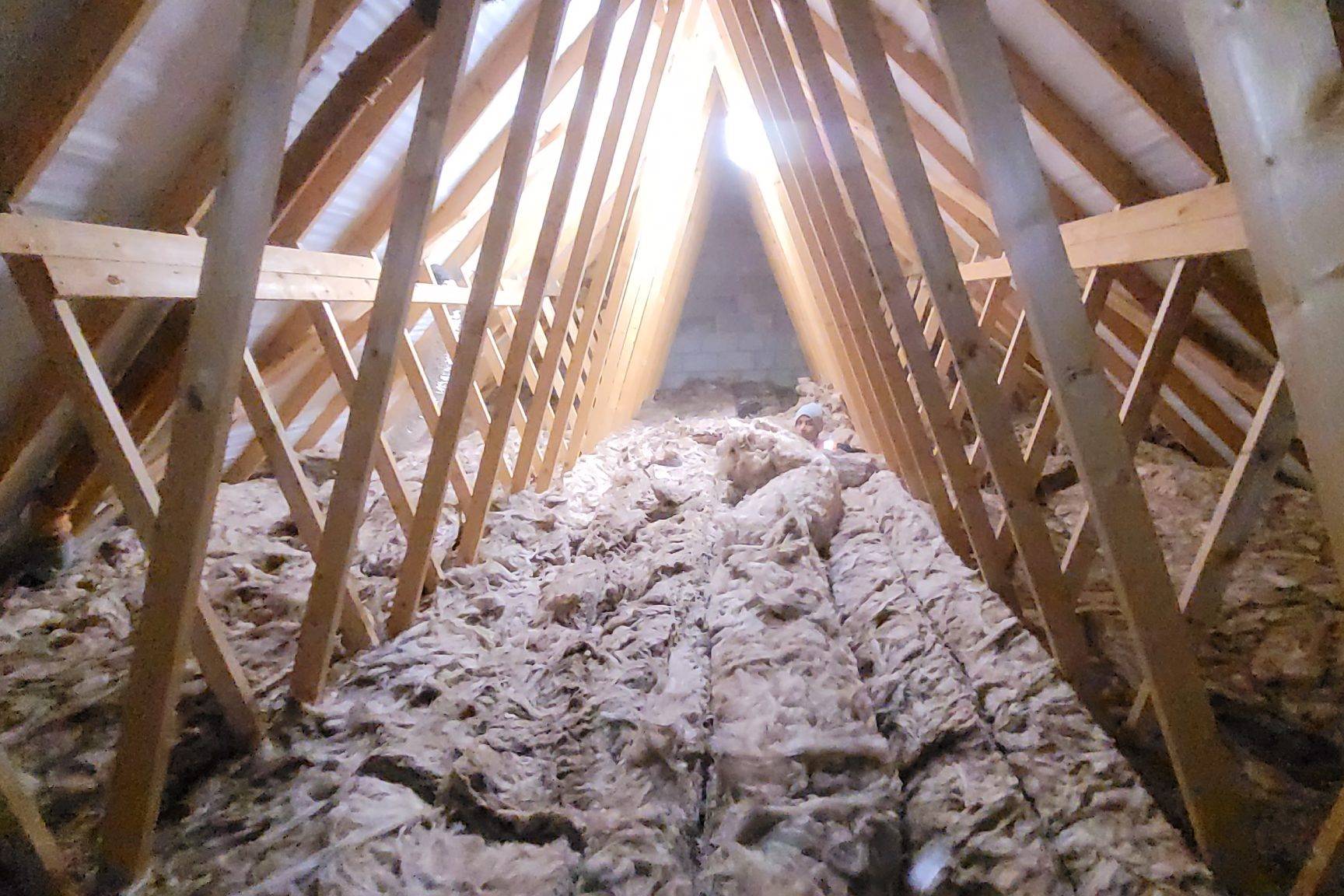
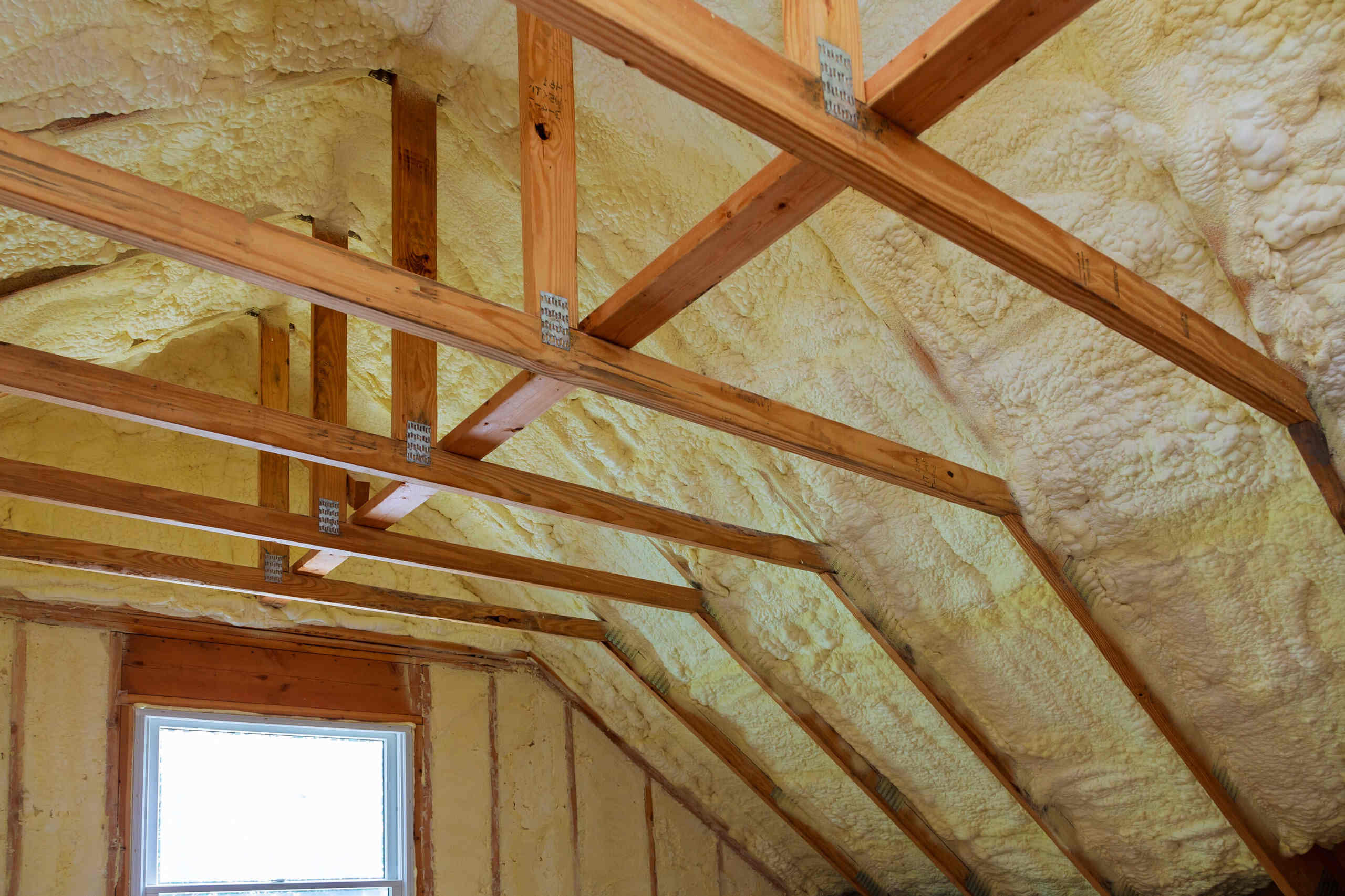

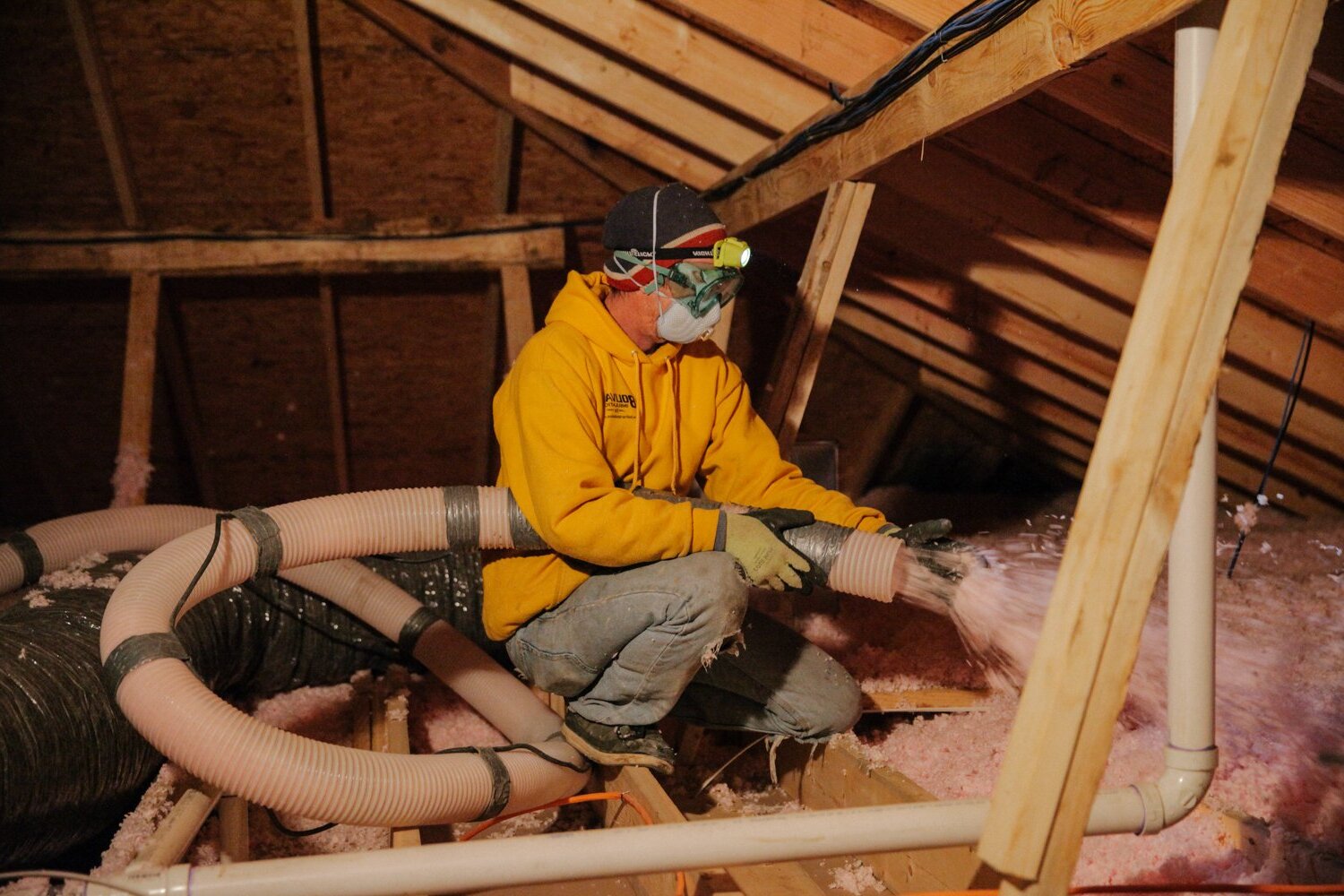
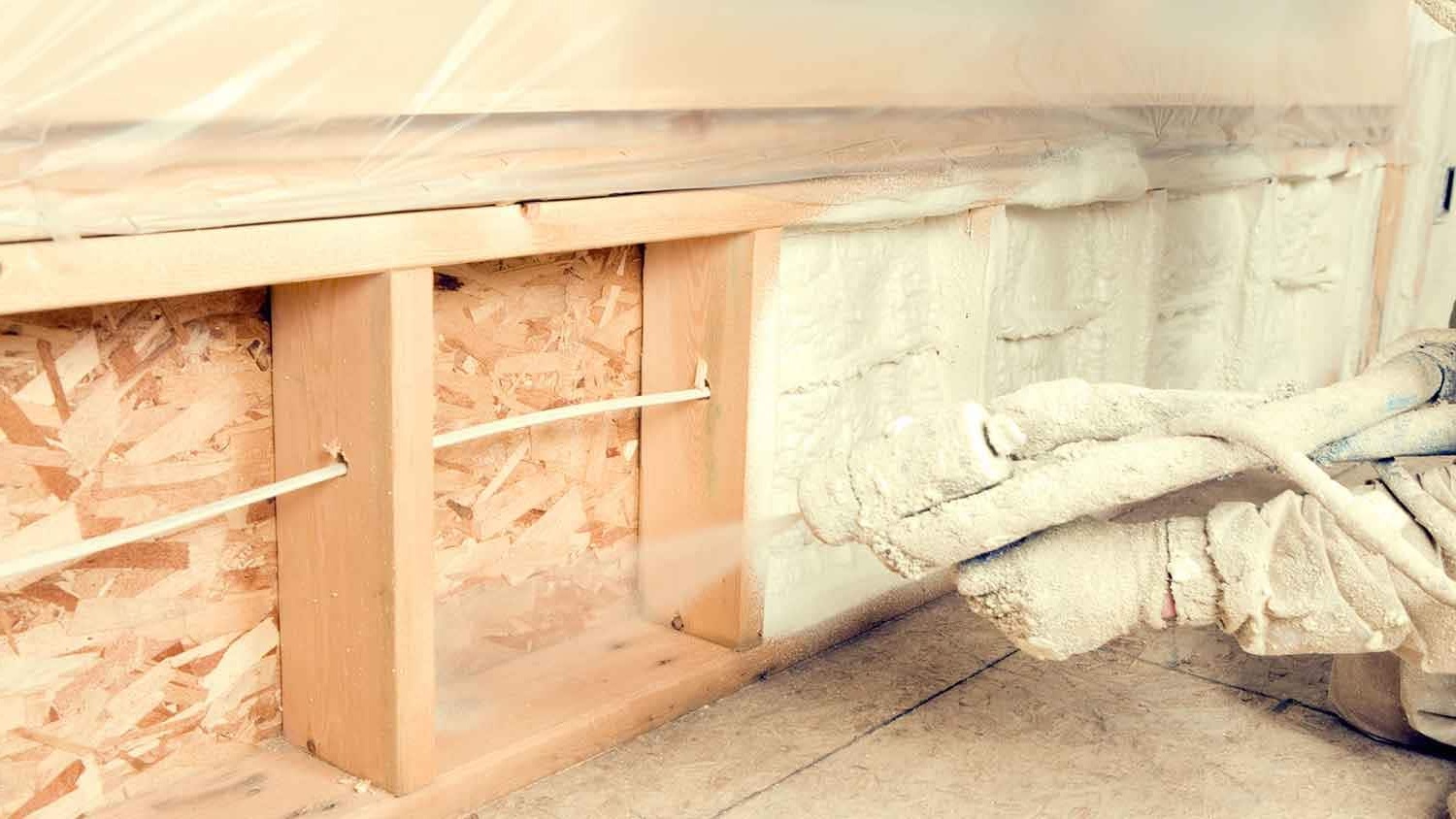
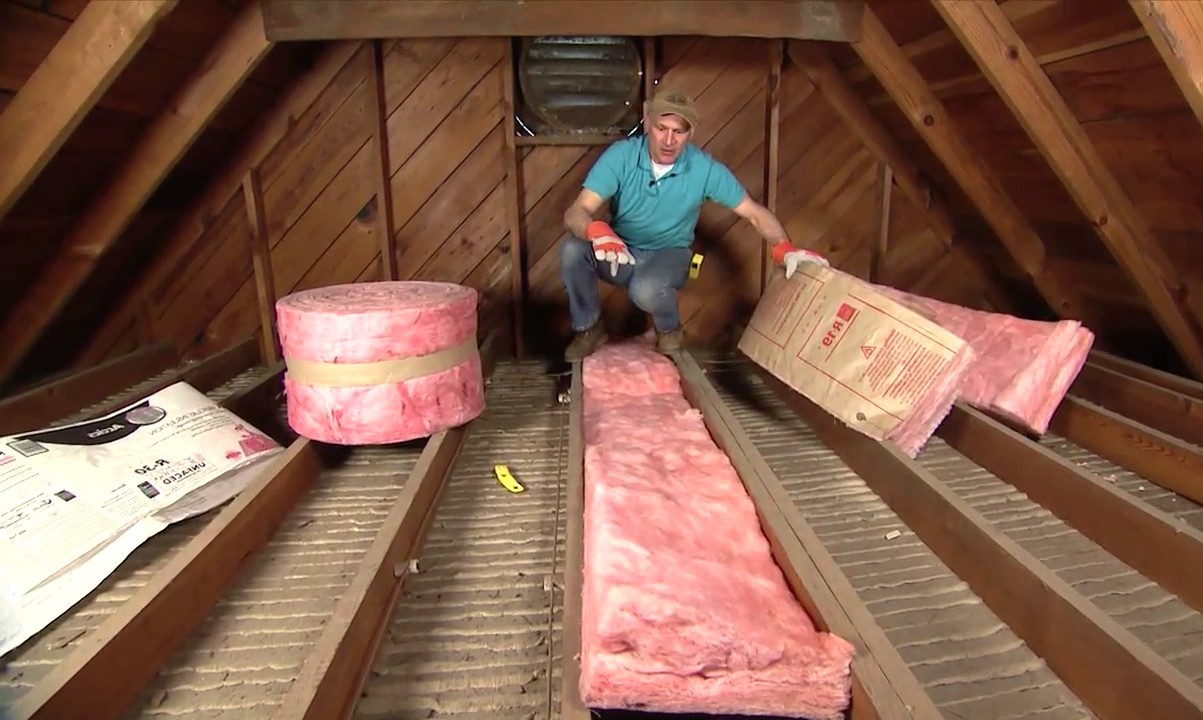

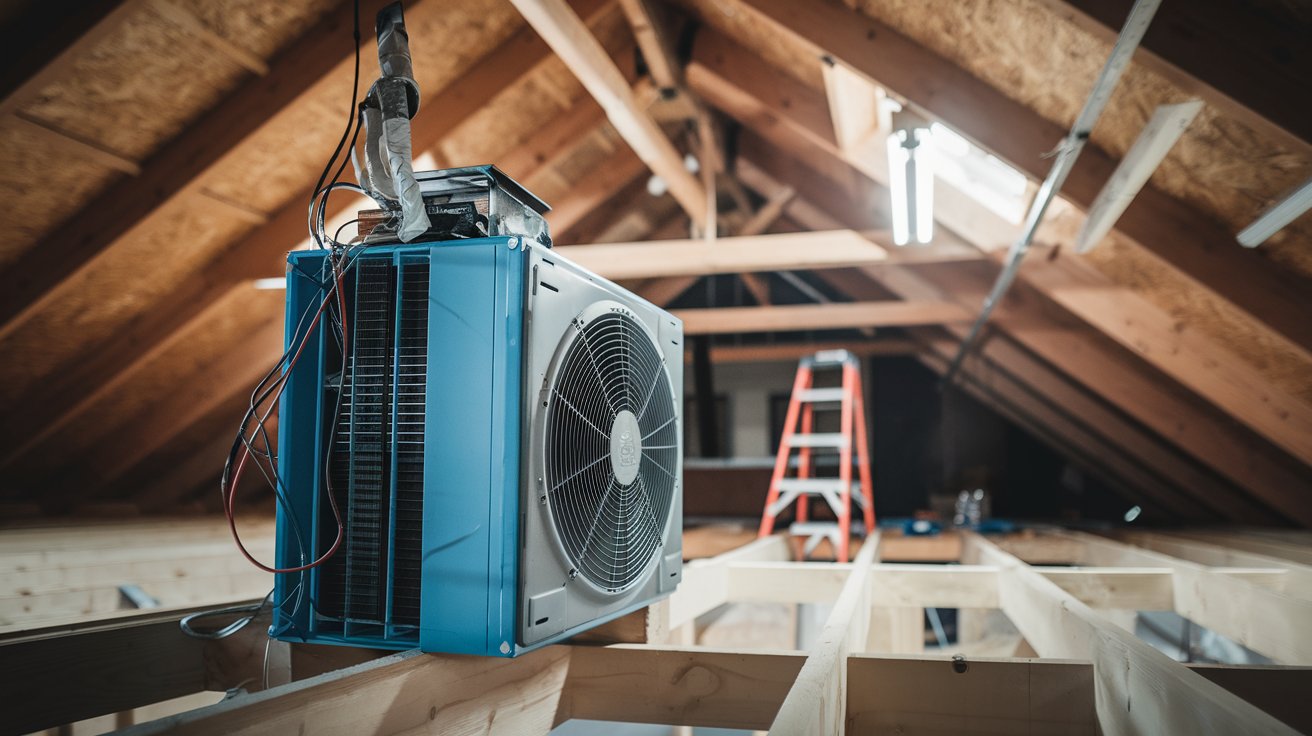
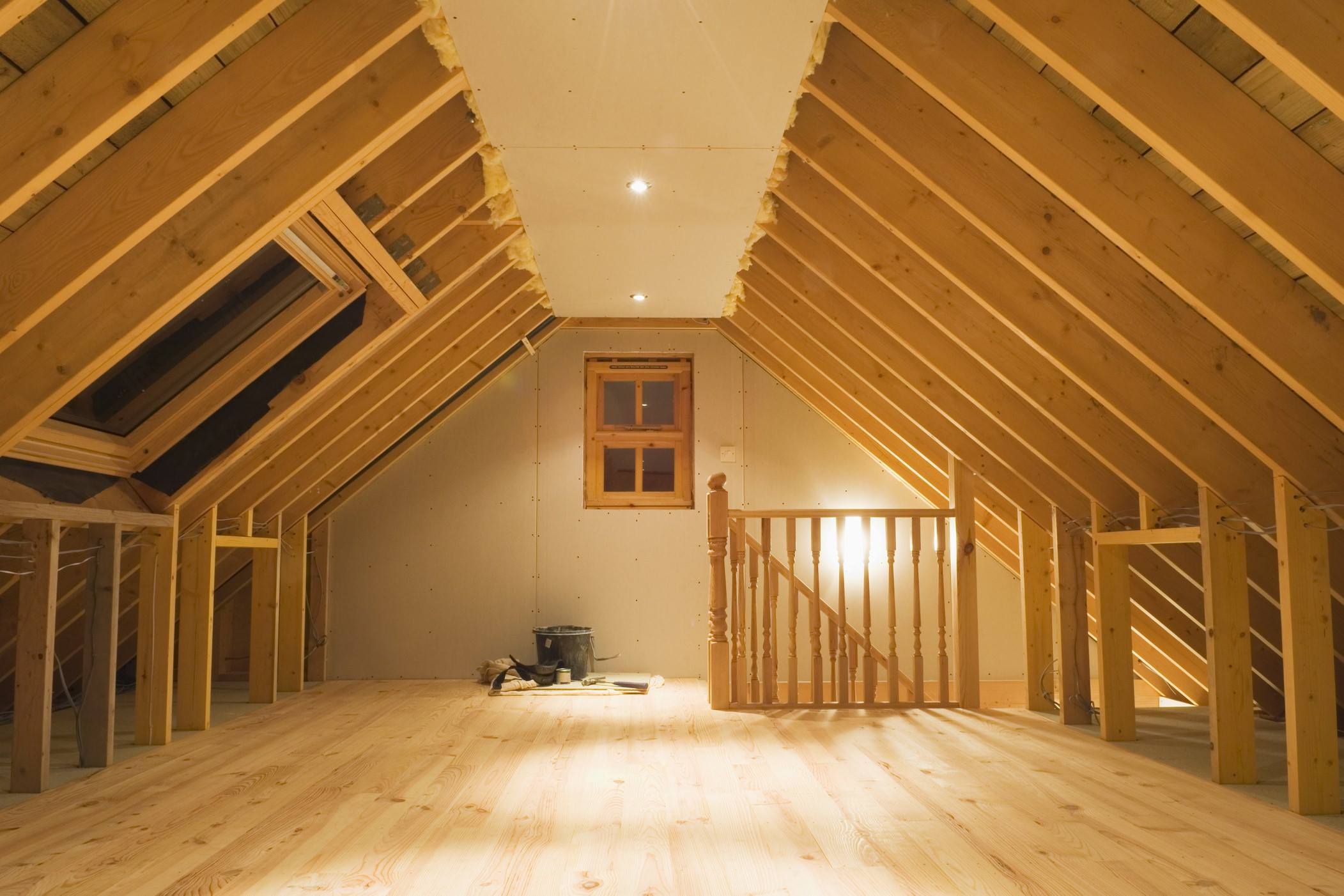

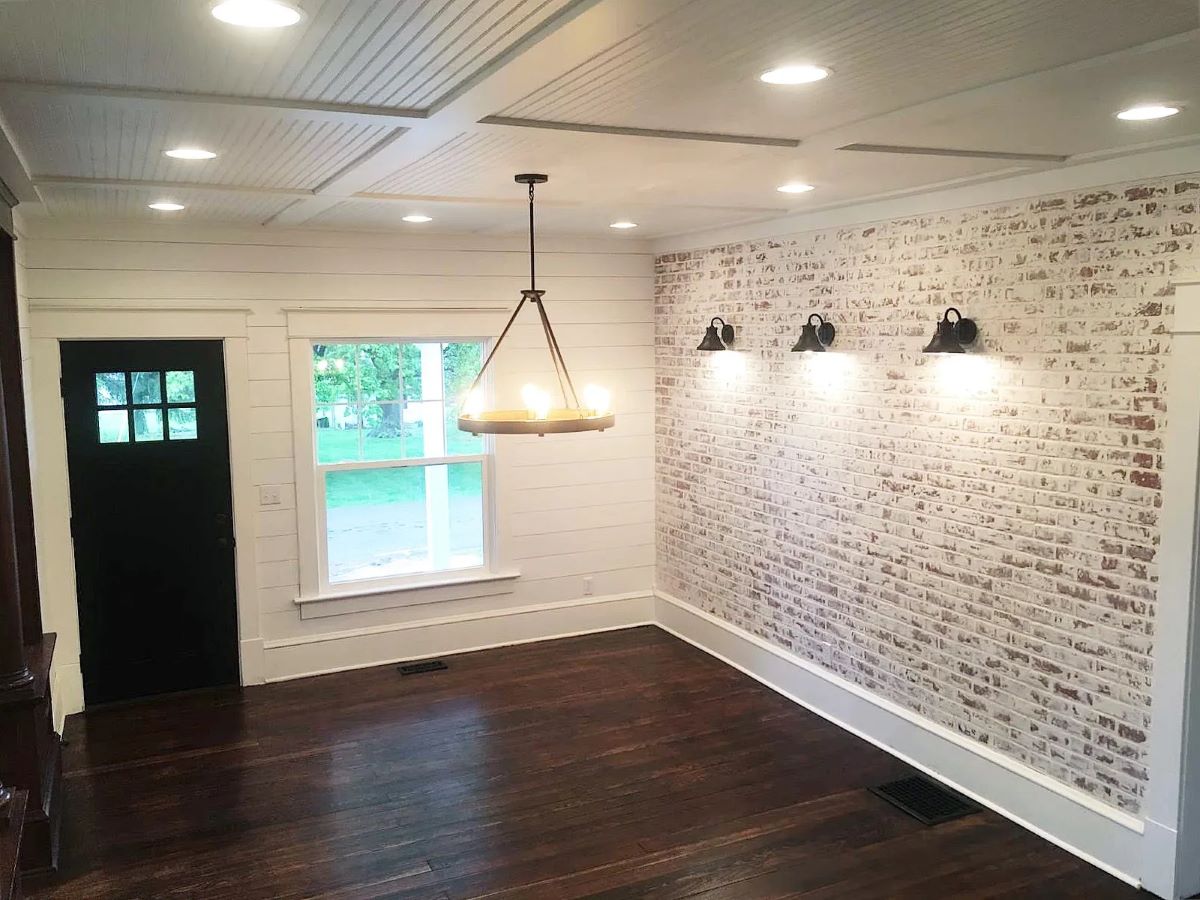



0 thoughts on “Upgrading Your Home’s Attic with a DIY Phase-Change Thermal Management System”